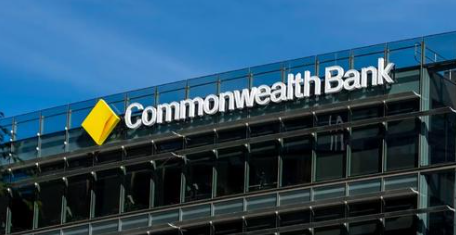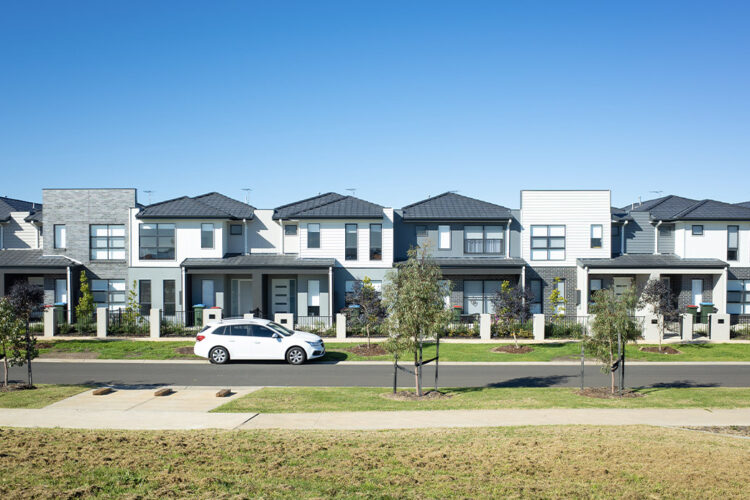While the latest lending data revealed an uptick in activity within certain buyer groups, the country’s peak real estate body cautioned that uncertainty surrounding inflation and interest rates is casting a shadow over the outlook.
Real Estate Institute of Australia (REIA) president Hayden Groves said the April lending data showed owner-occupiers are pulling back from the market, but investor and first-time buyer activity is “stabilising”.
During the month, the value of new owner-occupier dwelling loan commitments fell 3.9 per cent to $14.3 billion, according to the Australian Bureau of Statistics (ABS).
Meanwhile, the value of new investor loan commitments fell 0.9 per cent to $7.9 billion in April, following an increase of 16.5 per cent in March.
“This was 16.2 per cent lower compared to a year ago with a view that first-time buyers may become more active to secure housing, as pressure to secure long-term accommodation increases,” Mr Groves noted.
Notably, the value of new owner-occupier housing loan refinances between lenders fell 8.6 per cent but remained high at $13 billion, after reaching a record high of $14.2 billion in March.https://form.jotform.com/231476901641859?nojump&isIframeEmbed=1
Mish Tan, ABS head of finance statistics, noted the figures showed borrowers continued to switch lenders amid a high-interest rate environment.
Mr Groves highlighted that the lending statistics from the ABS are “symptomatic” of the uncertain outlook not just for inflation and its impact on inflation rates but also “a nation that is worried about the severe housing crunch”.
“We know from talking to our renters and vendors that Australians are right now more concerned with the future of housing than any other sector of the economy or other social issue, and all governments must rise to meet these community demands in a sensible, practical way,” he stated.
A recent report from National Housing Finance and Investment Corporation (NHFIC) has warned that Australia is heading towards a severe housing crisis, with a projected shortage of 106,000 homes by 2027.
According to Tom Devitt, the senior economist at the Housing Industry Association (HIA), the latest data on construction loans suggests that the supply of new homes is expected to continue declining as rates continue to rise.
Lending for the purchase and construction of new homes in the three months to April 2023 was 31.5 per cent lower than at the same time last year and marking a new low in the indicator.
“The last time so few loans were issued for the purchase or construction of a new home was in September 2008, when the GFC caused a contraction in building,” Mr Devitt noted.
In original terms, the total number of loans for the purchase of construction of new homes in the three months to April 2023 declined in all jurisdictions compared to the same quarter a year earlier, led by the ACT (-67.5 per cent) and followed by NSW (-34.9 per cent) and South Australia (-32.1 per cent).
Other markets recorded declines in varying degrees, as Tasmania saw a decline of 31.6 per cent, followed by Western Australia at 31.3 per cent, Victoria at 29.5 per cent, Queensland at 27.4 per cent, and the Northern Territory at 5.1 per cent.
The expert highlighted the low lending numbers reflect a lack of new work entering the pipeline at the same time that population growth is surging.
He warned that “there are very long lags” in this cycle, and the full impact of the RBA’s rate increases is still to fully hit the housing market, let alone the broader economy.
“There needs to be a structural increase in the number of homes being built across Australia, a fact recently acknowledged by the RBA,” Mr Devitt said.
One year from its first cash rate increase of this current cycle, the Reserve Bank of Australia (RBA) opted to raise the cash rate by 25 basis points to 3.85 per cent during its May policy meeting — the highest level for the central bank’s benchmark interest rate since May 2012.
And while most banks have predicted the central bank will take a pause in hiking rates in the wake of its policy meeting today (6 June), there is still a degree of uncertainty on what direction the RBA board will take given the latest inflation data.
According to the ABS, the consumer price index (CPI) rose 6.8 per cent in the 12 months to April, up from 6.3 per cent in March and on par with February’s 6.8 per cent.
Speaking on the April inflation figures, Mr Groves had urged calm in the face of what could be construed as a bad sign for Australia’s battle to beat down inflation.
“Despite the April figure, the CPI peaked late last year, and the RBA needs to keep a pause on further rate rises at its meeting next week, allowing additional time to consider additional data showing the lagged impact of the previous 11 rate increases and assess the outlook for the economy,” he opined.


